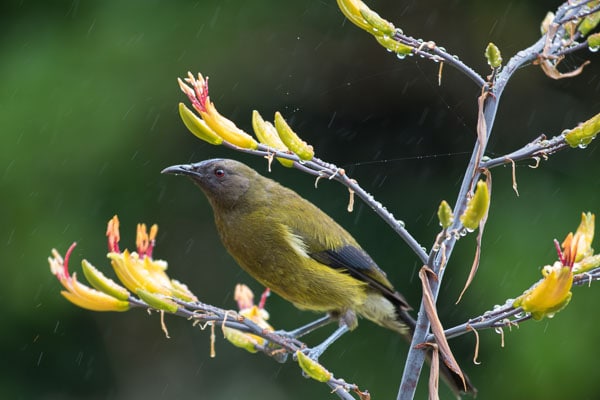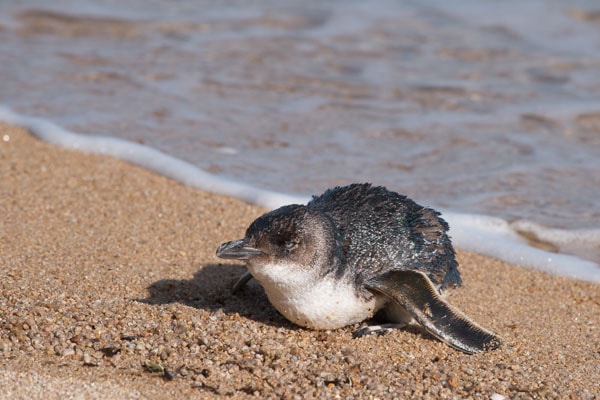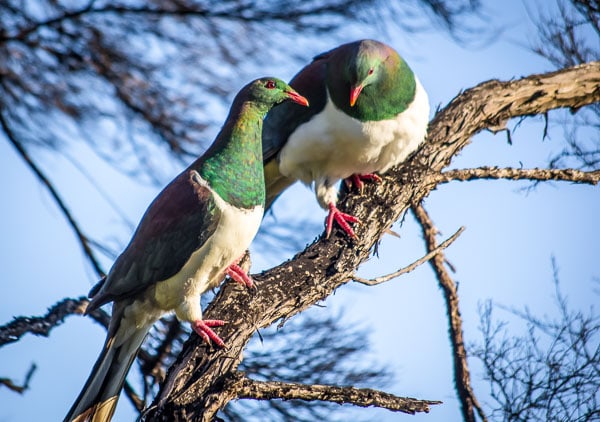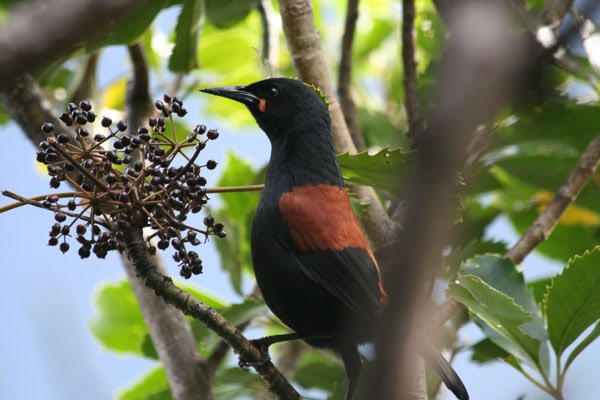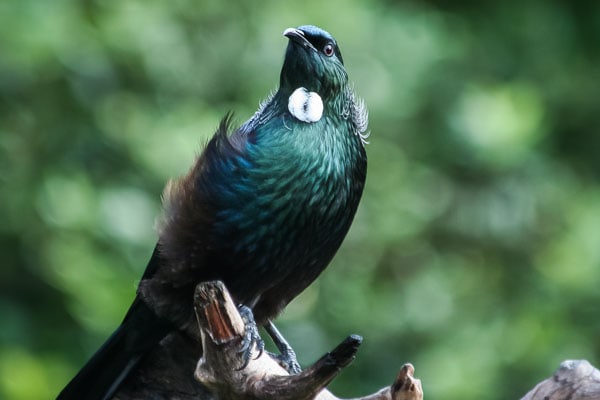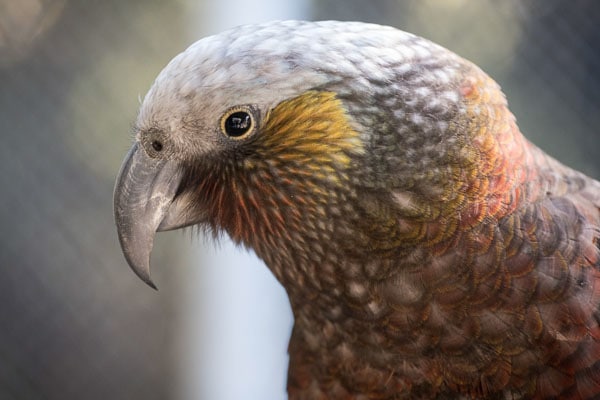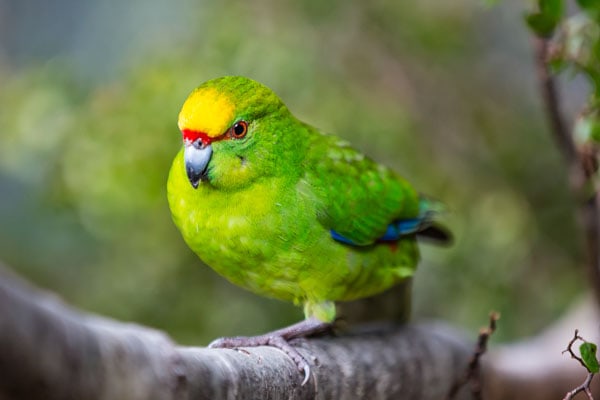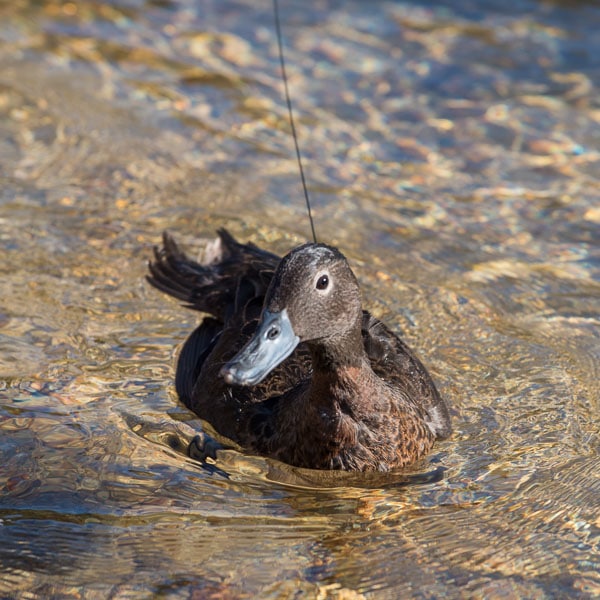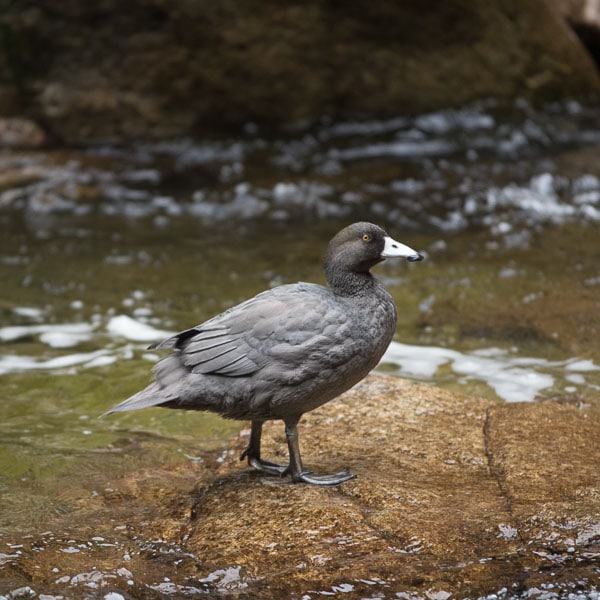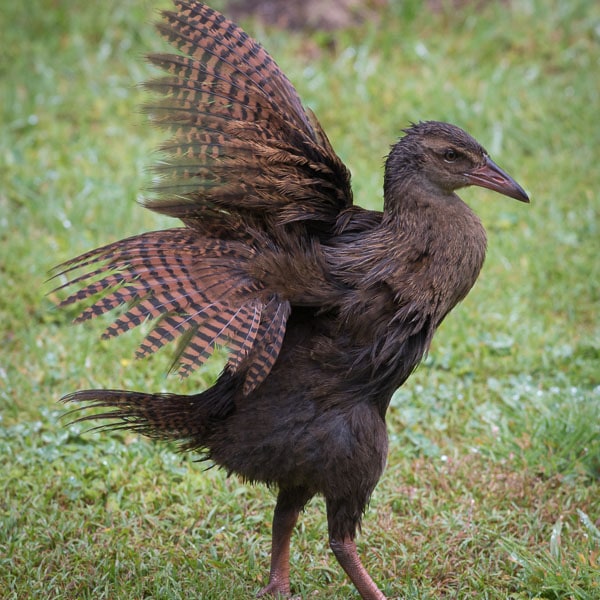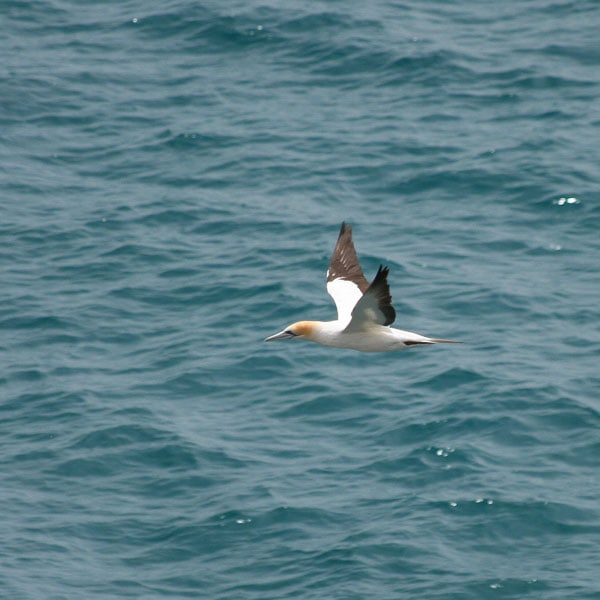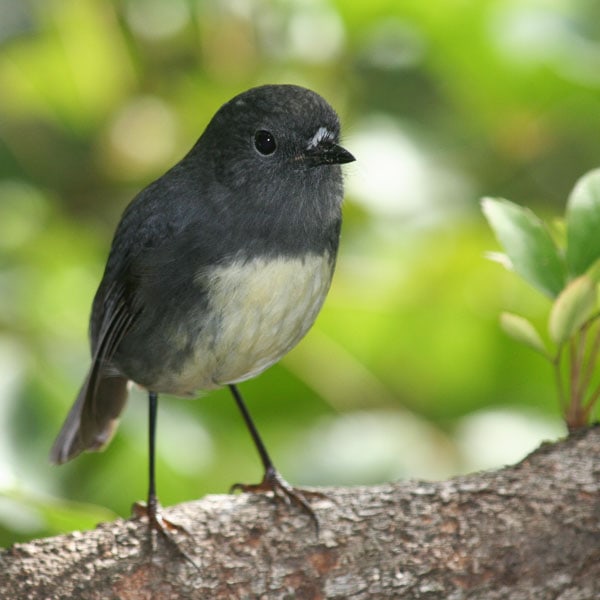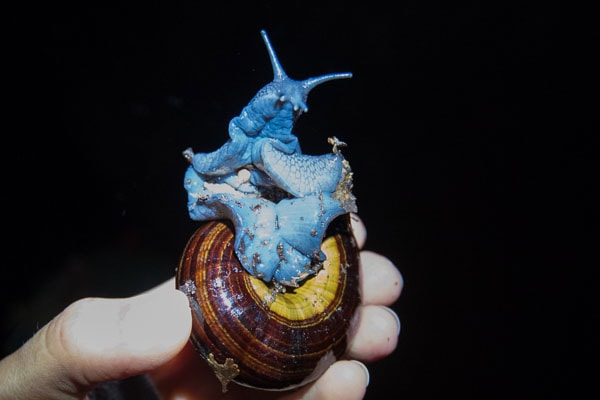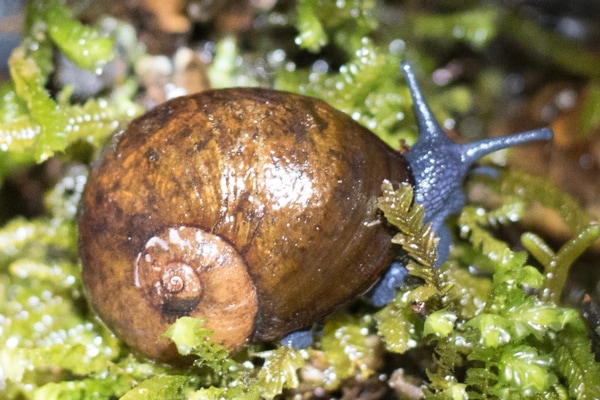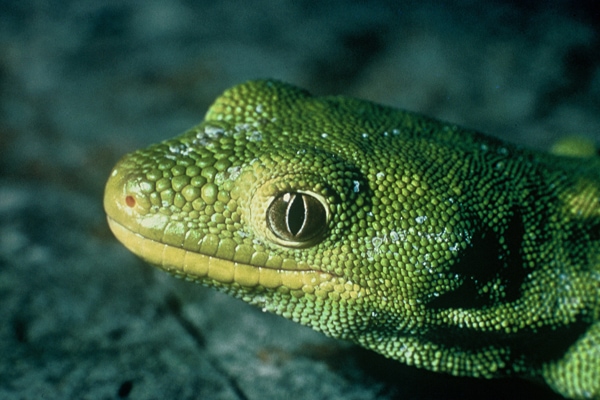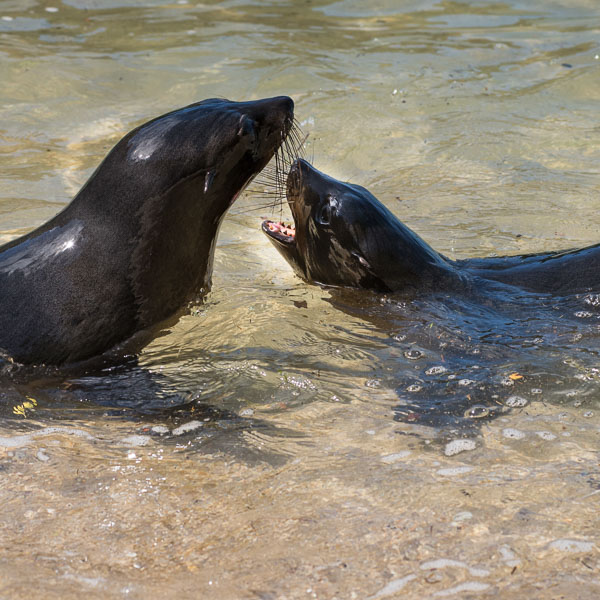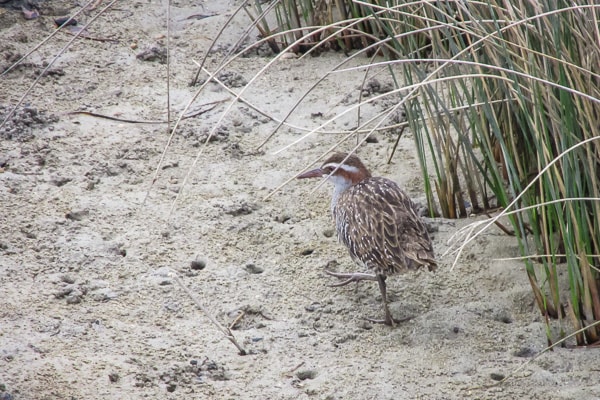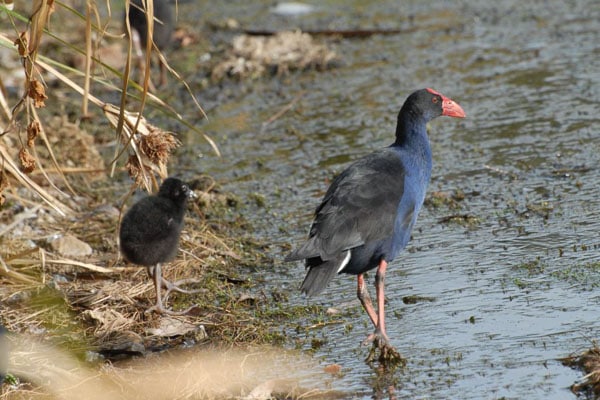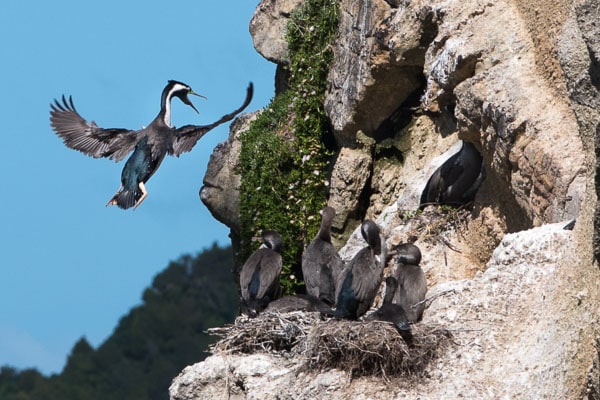
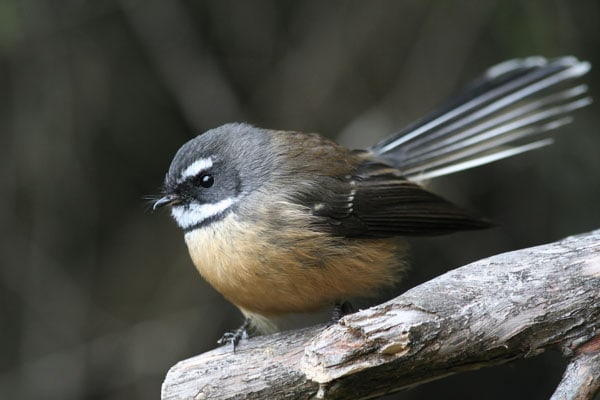
Pīwakawaka / fantail
Most visitors to the park will see the distinctive pīwakawaka flitting beside the track as this is one of our most widespread native birds.
They seem to always be on the move, catching their prey on the wing. Fantails are often described as friendly because it seems to follow us as we walk. Rather than wanting your company they are actually taking advantage of the insect life we disturb as we walk.
According to Māori mythology the pīwakawaka has demi-god Māui to thank for its bulbous eyes and prominent tail. Legend has it the pīwakawaka refused to tell Māui where his ancestress hid fire so in retaliation Māui squeezed the bird so hard its eyes and tail nearly popped out.
Small birds tend to live hard and fast with fantails being no exception. Adults have been known to raise 15 young in five successive nests during a summer with most birds then dying in their first year. Nests are preyed on by rats and stoats yet fantails are not greatly more abundant on predator free islands or after pest control on the mainland. Big declines have been noticed after severe winters and it may be that these environmental factors are more significant.
Bird calls courtesy of NZ birds online


